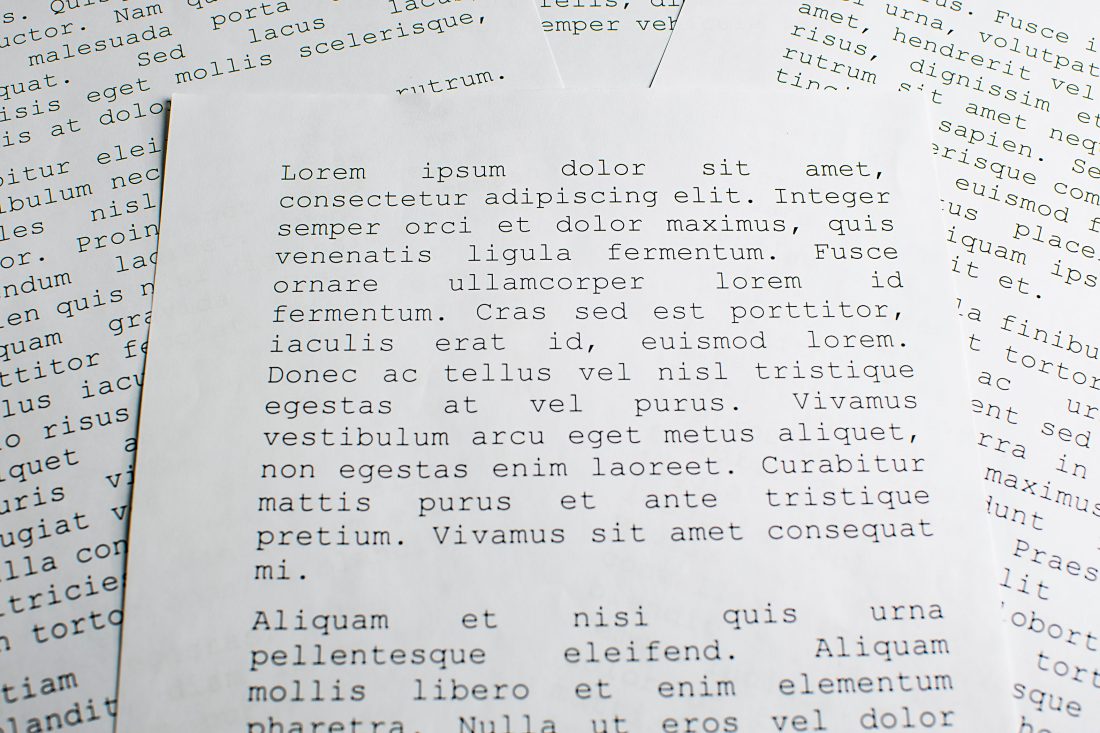Tips for Writing in Plain Text
The Myth
There’s a prevalent myth about what it means to write in plain text: that you should write in a way it’s understandable for “everyone” and at an eighth-grade writing level. Let’s correct that myth now, with guidance straight from the Federal Plain Language Guidelines:
“Don’t write for an 8th grade class if your audience is composed of PhD candidates, small business owners, working parents, or immigrants. Only write for 8th graders if you audience is, in fact, an 8th grade class.”
Tip #1: Know your audience and structure the narrative accordingly.
Aside from the basics of ‘know who you’re talking to’ – their language, their culture, their education, their levels of access to technology and socio-economic factors – consider their starting knowledge base. What do they already know? Where should your communication pickup? What baseline is necessary?
We’ve all experienced a call to a customer care line where our first interaction is a smattering of questions to get information the company already knows. That can be frustrating, right? Especially when you’re focused already on what question you need answered. It’s a burdensome experience and passes a time tax on customers.
So, don’t bury the lead or be obscure about the intended communication’s goal. Put the most pertinent information up front and make it clear what your readers will be getting from the communication. If it’s a narrative, capture the point in the headline. If it’s guidance, name the target outcome.
Tip #2: Write with purpose, using language they understand.
Many federal websites suffer from content ad nauseum. There’s an historical tendency to document anything and everything and an assumption that it’s all meaningful to your site’s users. Oftentimes, this leads to duplicative content that – in just it’s multiple versioning presence – actively erodes trust in your agency’s authority and more negatively impacts perceptions of trust towards government in general.
If you’re not writing to answer your audience’s questions, what’s driving the communication need? Listen to the questions your website’s audience ask – what do they email or call about? What are their top goals on your website? What are your site’s top search phrases?
Tip #3: Organize by audience and purpose.
With best intentions, we see walls of text on many government website pages. Or Introductions or Summary-labeled content sections that stretch on for multiple page scrolls. Usually, this signals a misguided effort to provide too much background on too many topics that have different meanings to too many audiences.
Instead, look at the purpose of the content and name what your readers are expected to get out of it. Does that match their goals? Which audience’s goals specifically? Begin to divide up your Great Wall of Text by audience, or step, or topic. Find a way to chunk the information into sub-headings or divide the content into multiple short form content where it’s purpose and role is clear to its intended audience.
Tip #4: Keep it short for digital platforms.
If you’re attempting to place even just 2-3 pages of documentation into web templates, reconsider your goals and the function of screen-based communication. Digital content presentation excels in its narrative capabilities. It’s the medium that provides for mixed media: text, images, videos, audio, automated or still slides, and user-driven pacing and exploration.
Could what you’re trying to communicate be better expressed in an infographic? Or table? Or video? Are you telling a story in an entertaining way or creating the most streamlined how-to guide ever? If you can show vs. tell, use the medium to support both avenues of text description and video.
If your content is destined for text format, remember that your readers will be reading on a digital screen, not on paper. Lengthy text may be better delivered in accessible PDF format.
Our WebFirst CX team tailors our consultative content services to comply with Federal CX Mandates, longstanding design principles for writing for the Web, and best practices from the field of Communication Studies.


